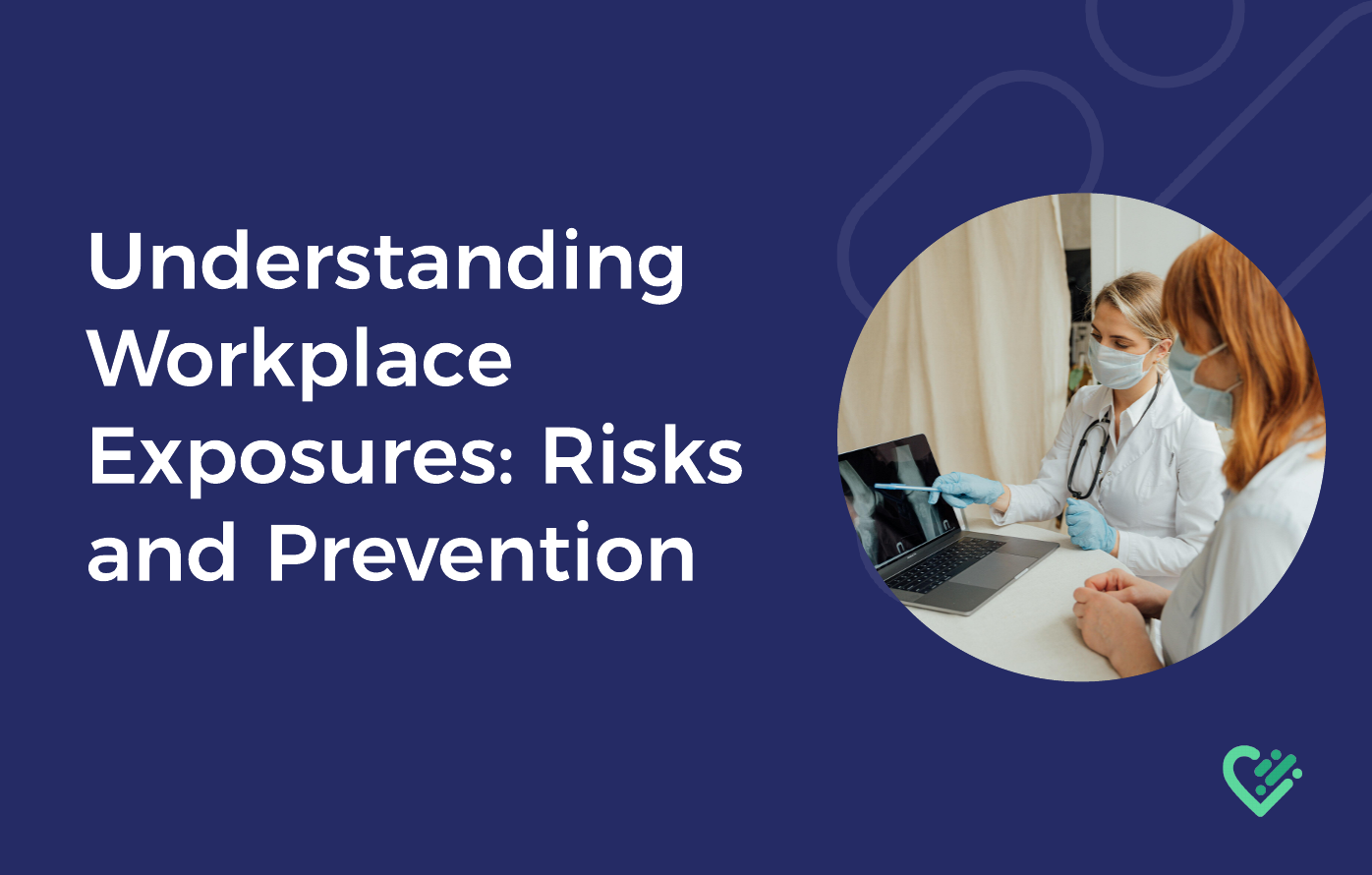Workplace exposures can pose many health risks to workers, especially if you don’t know what they are. As an HR manager, it’s essential to take note of these risks and prevent them from happening. Understanding workplace exposures is vital to creating a safe work environment for your employees.
What are Workplace Exposures?
Workplace exposures refer to the harmful substances, conditions, or practices that can cause injury, illness, or even death to workers. These exposures can be physical, chemical, biological, or ergonomic. Some examples of workplace exposures include loud noise, toxic chemicals, dust and fumes, sharp objects, and repetitive strain injuries.
Health Risks of Workplace Exposures
Exposure to harmful substances or conditions at work can have serious health effects. For instance, inhaling toxic fumes can cause respiratory problems or even cancer. Exposure to loud noise can lead to hearing loss and tinnitus. Ergonomic exposures such as repetitive motion can lead to carpal tunnel syndrome and other musculoskeletal disorders. Employers must take workplace exposures seriously to prevent their employees from experiencing these health risks.
Preventing Workplace Exposures
There are several ways to prevent workplace exposure. Personal protective equipment (PPE) can protect workers from exposure to harmful substances. Cleaning or ventilation can reduce dust and fumes in the air. Education and training on ergonomic practices can prevent repetitive motion injuries. Conducting regular risk assessments helps identify potential exposures.
Regulatory Standards
There are various regulatory standards in place to help protect workers from workplace exposures. For instance, the Occupational Safety and Health Administration (OSHA) has set permissible exposure limits for many chemicals and physical agents in the workplace. Employers are required to follow these standards and provide PPE where necessary. Familiarizing yourself with these regulatory standards can help you better understand the risks posed by workplace exposures and how to prevent them.
The Importance of Workplace Safety Culture
Finally, promoting a workplace safety culture in your organization is important. This involves creating a culture of safety where employees are encouraged to report hazards and near misses. Regular training and education can help employees recognize potential dangers and know how to respond when they occur. By creating a safety culture, employers can help prevent workplace exposures and provide a safe work environment for their employees.
In conclusion, understanding workplace exposures is crucial for employers and HR managers to mitigate risks and provide a safe work environment for employees. Workplace exposures can be prevented with proper training, education, and implementation of safety measures. By following regulatory standards, promoting a safety culture, and identifying potential hazards, you can ensure the health and safety of your employees.
